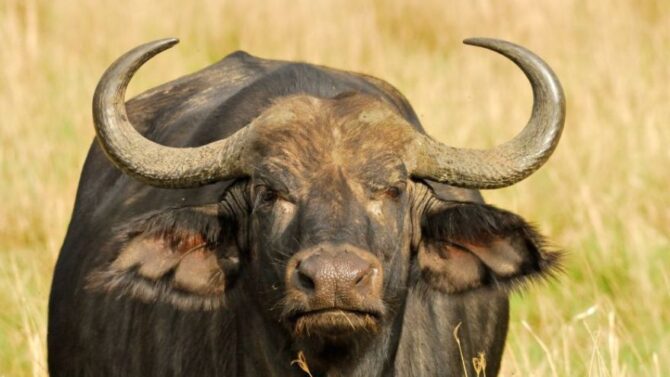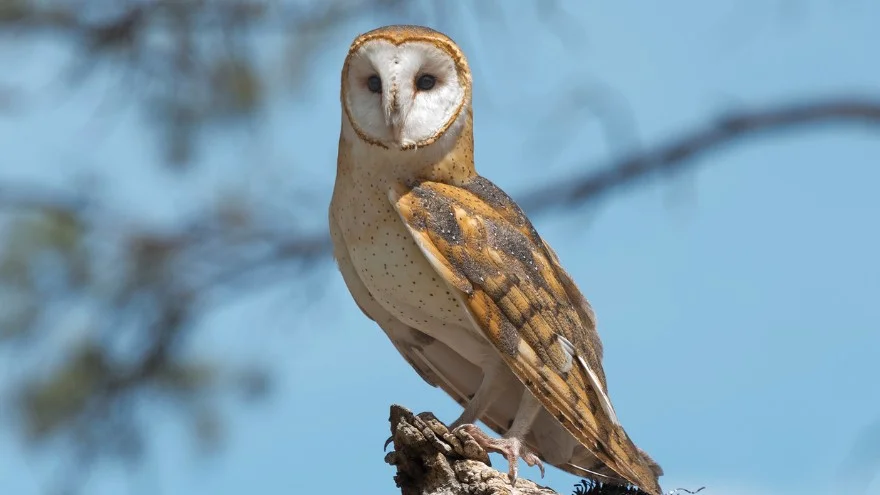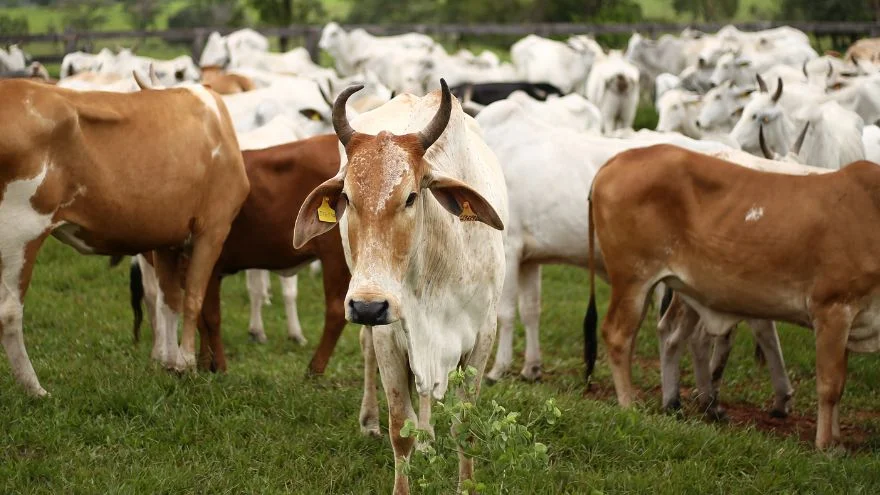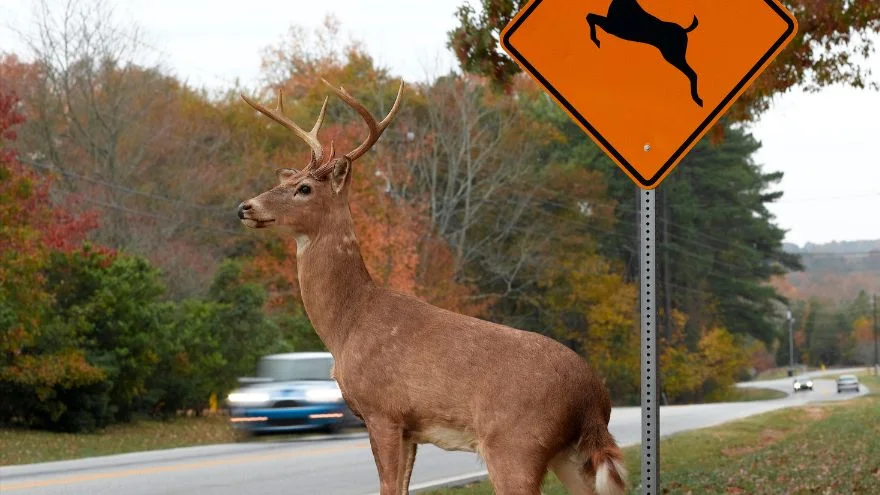Italy is home to many kinds of animals, some of which are not only dangerous but also very deadly. Some of the most dangerous animals in Italy include poisonous snakes, fish, spiders, wolves, etc.
Italy is a European country with a long Mediterranean coastline and a peculiar host to millions of tourists all year round due to its beautiful terrains, unequaled cultural heritage, and rich history.
Known for its striking landscapes and fascinating water bodies, ranging from temperate woodlands, coastal waters, freshwater rivers, and shrubs land and supports the survival of many animals, its enabling ecosystem provides a suitable environment for these animals to thrive.
This article will provide insights into 13 of the deadliest and most dangerous animals you should avoid in Italy, as well as safety tips for exploring wildlife in the area.
What are the Most Dangerous Animals in Italy?
1. Asp Viper

- Scientific name: Vipera aspis
- Classification: Reptile
- Habitat: Forests, mountains, limestone regions
- Diet: Carnivore
- Conservation status: Least concern
The asp viper, commonly called the European asp, is a specie of the venomous pit viper found in Southeastern Europe.
It has a broad triangular head and dorsal scales with markings that vary strongly. There are five sub-specie currently recognized.
A bite from this snake is very painful and severe. In most cases, it could be fatal.
Its venom is toxic and can cause acute pain, edema, and discoloration. If bitten, seek medical help immediately.
2. Barrel Jellyfish
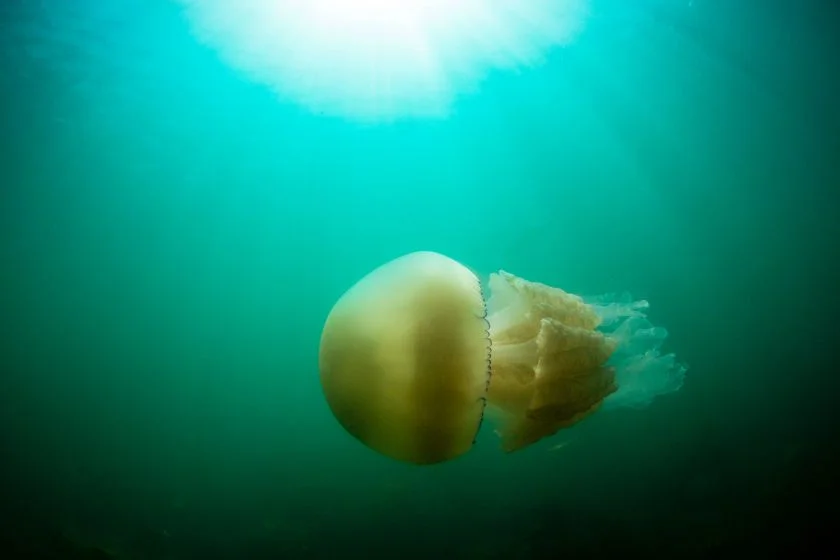
- Scientific name: Rhizostoma pulmo
- Classification: Scyphozoa
- Habitat: Adriatic Sea, Mediterranean Sea, black sea
- Diet: Carnivorous
- Conservation status: Least concern
The Barrel Jellyfish is also known as the frilly-mouthed jellyfish or the dustbin-lid jellyfish.
This sea jelly is commonly found in the Black Sea, the Adriatic, and the Mediterranean Sea.
Though not as deadly as other sea jellies, this jellyfish is still venomous. It is toxic to humans.
When stung, you would feel a burning sensation on the skin. Dermatitis and ulcer are also common symptoms of its sting.
3. Weaver Fish
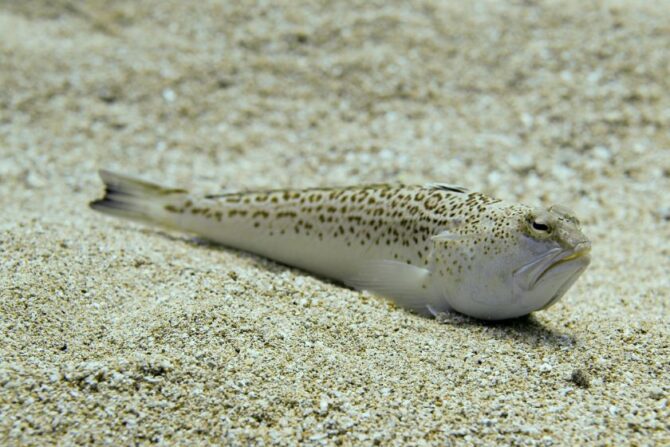
- Scientific name: Tachinidae
- Classification: Fish
- Habitat: Seas, oceans, shores, beaches
- Diet: Carnivores
- Conservation status: Least concern
Weaver fish, commonly called Weavers, are bony fish that love to bury their bodies on the sand during the day, exposing only their eyes and then grabbing unsuspecting prey which comes past.
These fishes are dangerous because they possess venomous spines, which they use to sting humans.
They typically bury themselves in the sand, and humans that step on them get stung.
Therefore, be watchful of where you step when you are on any of the beaches in Italy.
4. European Black Widow Spider
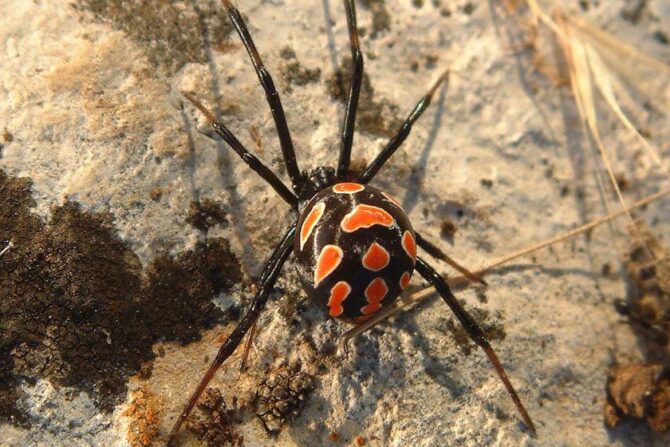
- Scientific name: Latrodectus tredecimguttatus
- Classification: Arachnid
- Habitat: Basements, crevices, and woodpiles
- Diet: Carnivorous
- Conservation status: Least concern
This arachnid, also known as the Mediterranean black widow, is a milder specie of the black widow spider.
They are renowned for their blackish bodies with red markings and are small in size.
Though a milder specie of the black widow, they are still dangerous. Their bites are very painful. Their venoms could cause nausea as well as sweating.
These spiders love dark places; therefore, be wary of putting your hands in dark places.
5. Small Wood Scorpion
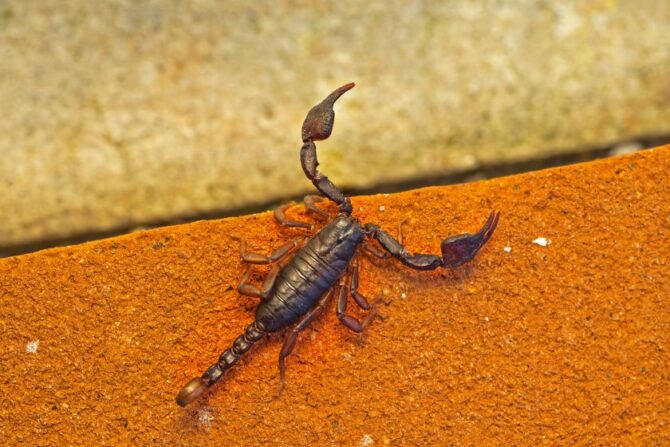
- Scientific name: Euscorpius Italicus
- Classification: Arachnid
- Habitat: Burrows, Tree barks
- Diet: Carnivore
- Conservation status: Least concern
This specie of scorpion is usually found in the North and northeastern parts of Latium.
The color of this specie ranges from yellow-brown to dark brown, though most of this specie are brown. They vary in size too.
These scorpions possess venom, though not fatal, but can still be painful. Be conscious of your living space; always check your clothes, shoes, and hats before putting them on.
Also, avoid stacking unnecessary equipment or material around your residence.
6. Italian Wolves
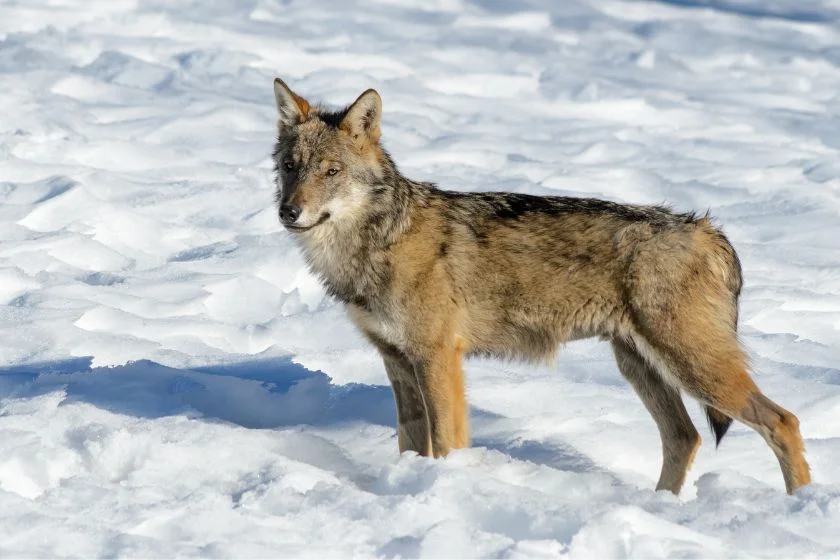
- Scientific name: Canis lupus italicus
- Classification: Mammal
- Habitat: The Western Alps, Alpinnine mountains
- Diet: Carnivorous
- Conservation status: Vulnerable
This animal is also known as the Alpinnine wolf and is native to the peninsula of Italy. It is a sub-species of the grey wolf with a strictly protected status in Italy due to illegal hunting.
In as much as they don’t typically constitute a threat to humans, these wild dogs can still attack when provoked.
In addition, they could harbor rabies which they can transmit through a bite to humans.
7. Marsican Brown Bear

- Scientific name: Ursus arctos arctos
- Classification: Mammal
- Habitat: Woodlands, grassland, cultivated areas
- Diet: Omnivore
- Conservation status: Critically endangered
This bear is also called Alpinnine brown bear. It is a specie of the Eurasian brown bear, commonly found in Italian regions.
These bears are nocturnal animals. Their sense of hearing and smell is excellent.
Like other brown bears, they tend to avoid humans. However, they have an unpredictable temperament and can suddenly attack if they feel threatened.
An attack from this bear is dangerous and can be fatal. Do not go close to it.
8. Eurasian Lynx

- Scientific name: Lynx lynx
- Classification: Mammal
- Habitat: Mountains, open forests, brushy spaces
- Diet: Carnivore
- Conservation status: Least Concern
The Eurasian lynx is the wildest among the wild cats and the largest among the lynx species. It is renowned for its pointed ears and round iris.
Its color ranges from yellow-brown to green, from lynx to lynx, with a body covered with stripes.
In as much as the Eurasian lynx looks graceful in appearance, it can be potentially aggressive, and it is extremely strong.
Although they tend to avoid humans, they will surely attack when cornered to defend themselves. Be careful in the wild in Italy; the Eurasian lynx will attack if it feels threatened by your presence.
9. Mosquitoes

- Scientific name: Culicidae
- Classification: Insect
- Habitat: Forest, mashes, tall grass
- Diet: Parasite
- Conservation: Least concern
Mosquitoes are renowned for their annoying buzz right in the ear.
They are insects with segmented bodies, a pair of wings, and an elongated sharp mouth with their life cycle consisting of the egg, larva, pupa, and adult stage.
Mosquitoes are notorious for being vectors for malaria, yellow fever, Dengue fever, Zika, etc. They cause a lot of death each year. Always take your insect repellent with you when exploring Italy.
10. European Brown Bear

- Scientific name: Ursus arctos arctos
- Classification: Mammals
- Habitat: Wooded mountains, forests, caves
- Diet: Omnivores
- Conservation status: Least Concern
The European brown bear is a sub-species of the brown bear. Its body is covered with brown fur. It has a round head and a body weight that depends on its environment. It has long claws too.
They are considered dangerous because they can potentially kill a person. Although encounters are rare, you wouldn’t want to experience a scuffle with this powerful animal.
Attacks usually occur when they feel threatened or attacked. Trying to feed or touch a Eurasian brown bear is a bad idea, do not try it.
11. Meadow Viper
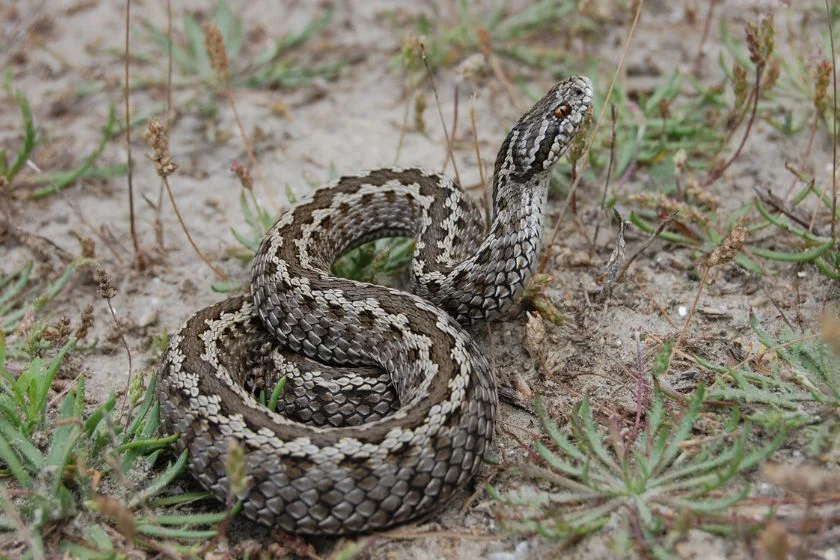
- Scientific name: Vipera Ursinii
- Classification: Reptile
- Habitat: Rocky habitats, sparse grasslands
- Diet: Carnivores
- Conservation status: Vulnerable
The Meadow viper is also called the Orsini’s viper, and this viper can be found in eastern Europe, with several sub-species being recognized.
Their coloration varies, ranging from grey to brown and also olive green. It has pupils that are vertically slit.
This specie of snake is highly sensitive to human activity. Though it rarely bites humans and is not aggressive, it can still strike when provoked.
A bite from this snake is not what you would want, considering it is a venomous snake. It will choose to escape or remain still when it encounters a human. Don’t block its escape route.
12. Common Viper
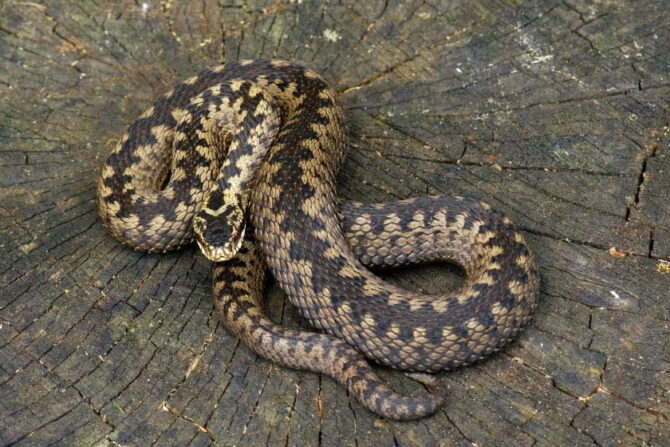
- Scientific name: Vipera berus
- Classification: Reptile
- Habitat: Meadows, woods, banks of lakes, and ponds
- Diet: Carnivore
- Conservation status: Least concern
The common viper, also called the common European adder, is most prevalent in central and eastern Europe and Asia.
They are solidarity animals, occasionally seen with mates during hibernation or breeding periods.
They are venomous, and their bite results in a sharp pain followed a moment later by swelling. They are not usually aggressive but are rather timid; avoid trying to handle or step on them.
When they feel threatened, they turn the upper part of their body to an S-shape in anticipation of a strike. If bitten, seek medical help immediately.
13. Common Wild Pig
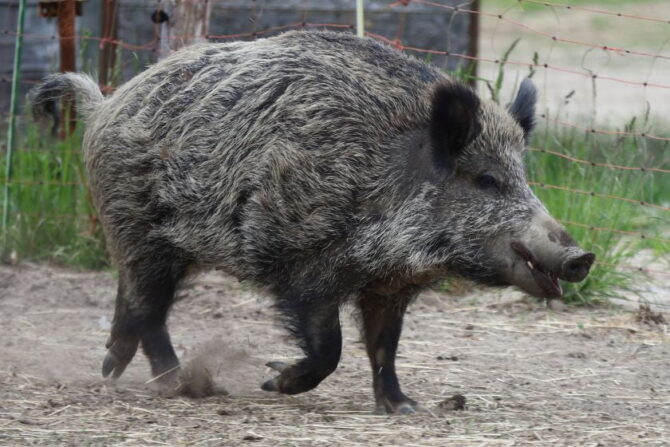
- Scientific name: Sus scrofa
- Classification: Mammal
- Habitat: Forests, marshy swamplands, shrub lands
- Diet: Omnivores
- Conservation status: Least concern
The common wild pig is the ancestor of the contemporary domesticated pig. It is also known as the wild swine or the wild boar.
They are common in European forests. In addition to being fast runners, they are good swimmers.
They are considered dangerous because they are highly territorial and will attack humans that trespass into their habitat.
They possess long, hard tusk, which they use to cause injury to victims during their attacks. Also, due to their dirty nature, they typically carry germs, viruses, and diseases.
Italy Wildlife Safety Tips
To protect yourself from harm while exploring the wildlife in Italy, always adhere strictly to the guidelines below and those given to you by the wildlife officials.
- Be conscious of your step: Always watch your step; some reptiles may bite you if you step on them. Be on the lookout always.
- Observe animals from a safe distance: Some of the wildlife in Italy are territorial. They might attack you if you come too close. Admire them from a safe distance.
- Avoid the offspring of these animals: Do not go close to them; the mother might be nearby, and the outcome could be disastrous.
- Report wounded animals: If you encounter wounded animals, report them to the appropriate authority, and do not try to treat them. You might make it worse.
- Wear protective clothes: Cover your entire body with protective clothes because of ticks and bugs. Your insect repellent should always be in your bag.
- Always carry out a thorough inspection: Do not sit on tree stumps, logs or rocks without inspection. Some dangerous reptiles might be lurking underneath.
Conclusion
Exploring the wildlife in Italy is nice and fascinating, but you have to be careful and respect the nature of these animals.
These most dangerous animals in Italy are lovely creatures left on their own, and their presence helps ecological balance.
Try as much as possible not to disturb them, and you won’t have to worry about being attacked by any of these animals.
Next Up…
Discover the most dangerous animals in Europe:


